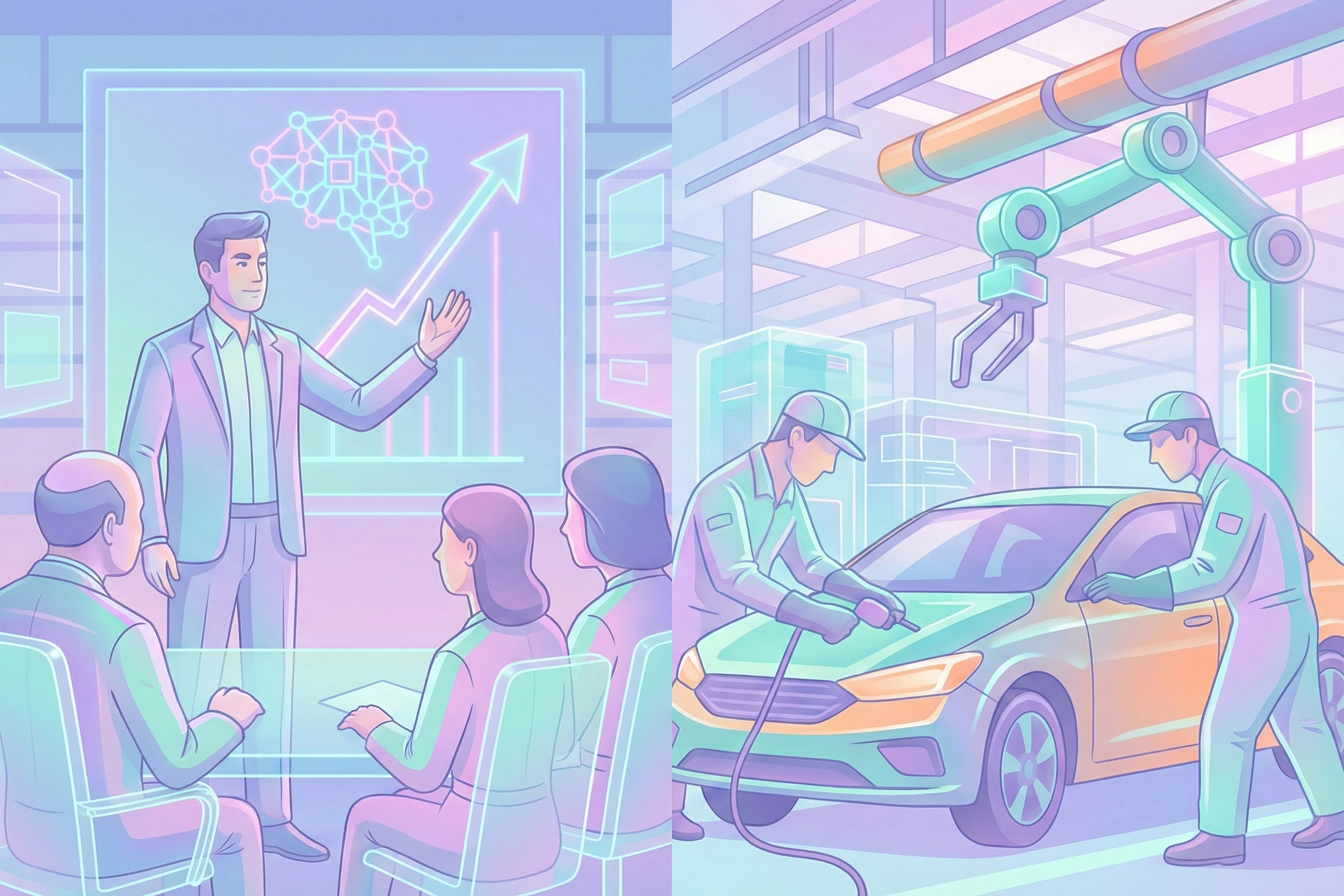
The announcement of the return of Formula One to the Netherlands in 2020 was greeted with much enthusiasm. Nevertheless, this celebration of fossil fuel burning and noise-making racecars also raises questions pertaining to sustainability in general and, in particular, Dutch national ambitions on climate change and recent plans in Amsterdam to ban gas-guzzling cars altogether. One argument in favor of motorsports is that it is a source of (sustainable) innovation for efficient engines, lightweight materials and aerodynamics. While this claim is quite contested, and mostly anecdotal so far, a recent academic paper actually supports the argument and shows how the racing divisions of car manufacturers are important catalysts for innovation throughout their entire company.
All sorts of competitions are used to spur innovation. This was true for automobiles from the start, but it has also proven fruitful in the development of robots, self-driving cars, and space technology. Typically, these one-off challenges lead to the formation of startups (e.g. Dutch Lightyear resulted from a solar car challenge) or useable pieces of technology. The continuous nature of motorsports, the paper argues, provides an additional benefit as well. Along with the development oftangible sustainable innovations such as kinetic and electric energy recovery systems, the participation of car manufacturers in one or more racing classes means that they have an in-house pressure cooker for the rapid development of cutting-edge technology. Again, this is not merely about concrete technologies, but also about challenging engineers and developing skills and a competitive mindset that can be transferred to “regular” (sustainability-oriented) projects.
Looking ahead, the question is how long (traditional) motorsports can continue to fulfill this role. The industry itself is moving away from Formula One and Le Mans-style endurance racing, in favor of its electric cousin Formula E. The latter aligns better with the actual development needs in the industry and its desired image. The public, however, shows far less interest in electric racing (although attendance and viewership is on the rise) and this may prove a dead end for the industry and its need for a competitive and attention-grabbing spectacle. In the meantime, younger fans (and drivers such as Max Verstappen) are turning to sim-racing as an alternative they can enjoy both as spectators and competitors. The nature of the digital realm, however, is such that all participants can drive exactly the same car and compete purely on driving skills. Such a competitive landscape is far less interesting for manufacturers to take part in and their role there is limited to mere sponsoring.
